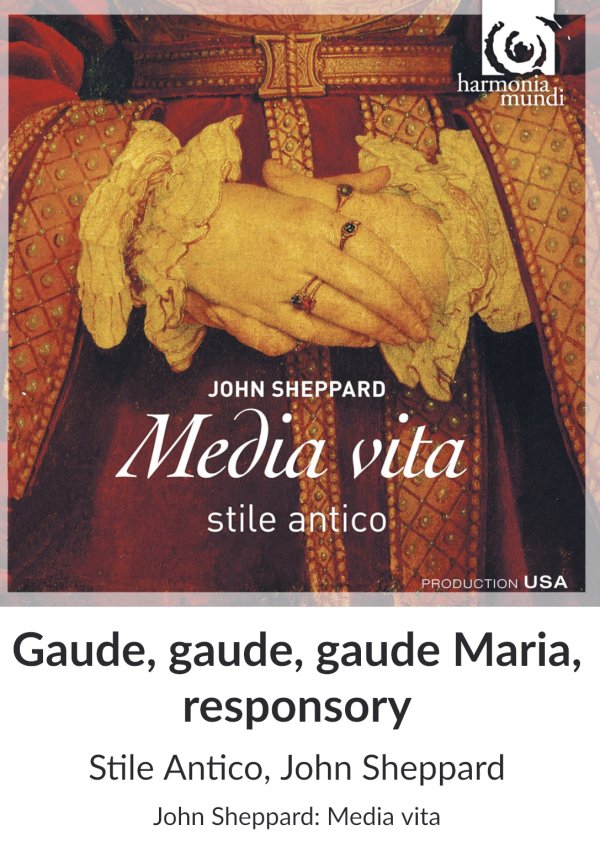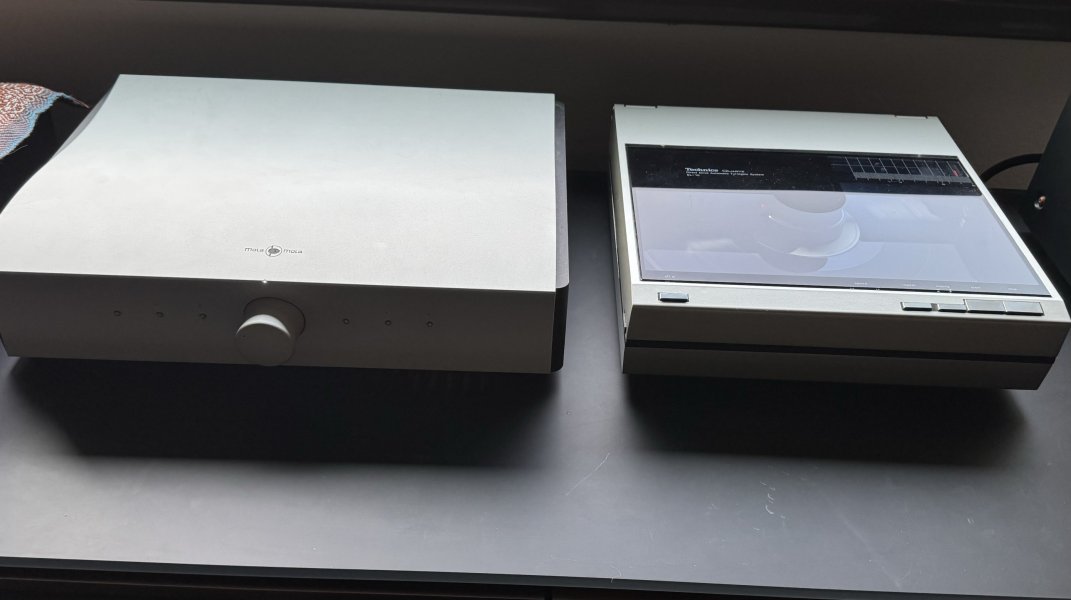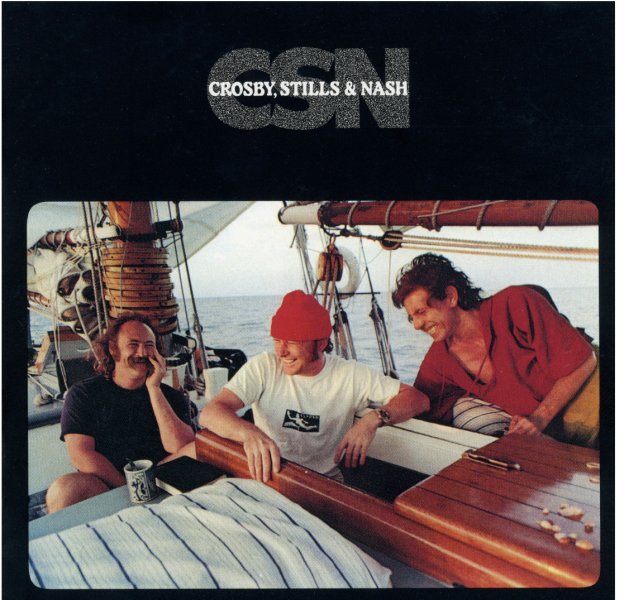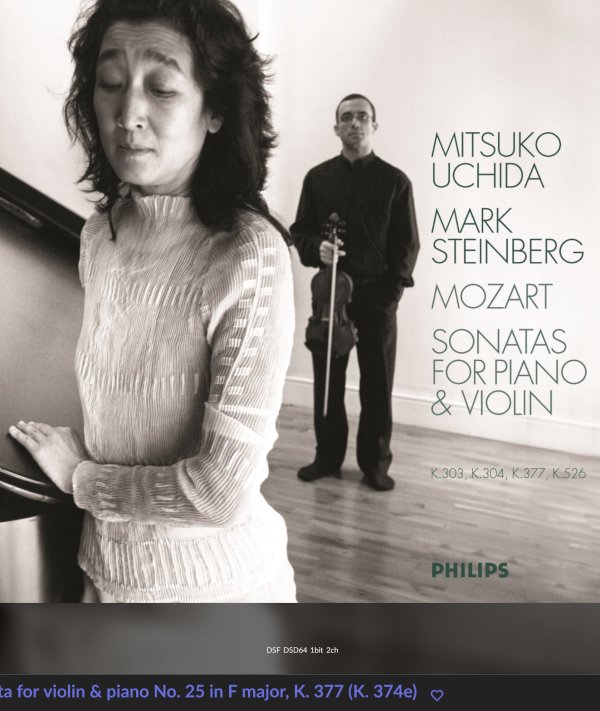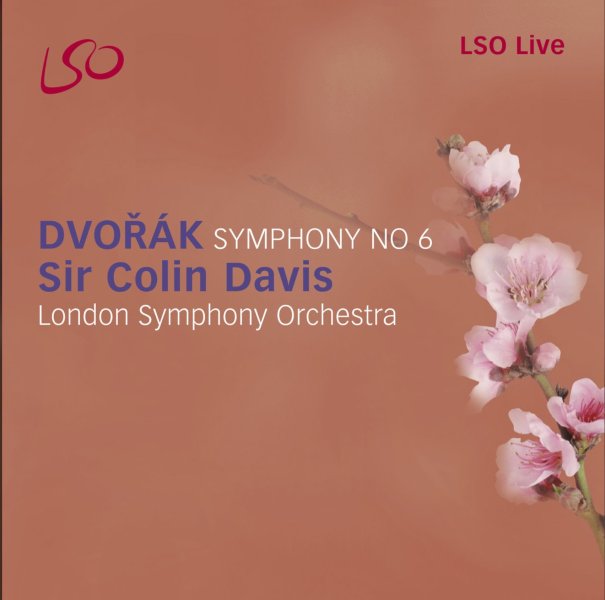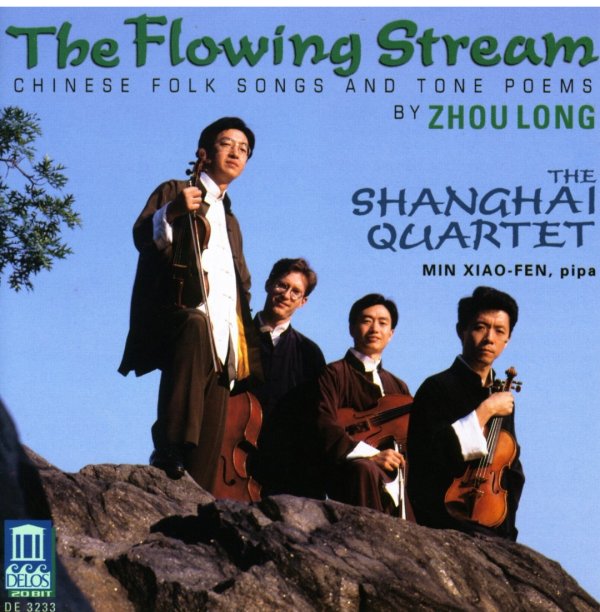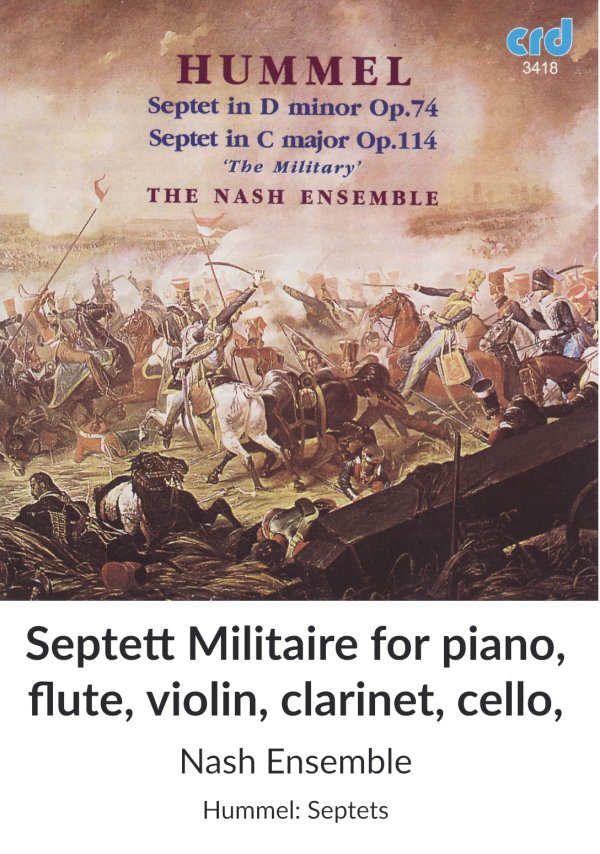Ok, I had to listen to one more magnificent chamber piece by Brahms, his beautiful clarinet trio composed at the end of his (for an 18th century composer) long life. Brahms was ruthless in his desire to destroy any music that did not meet his high standards. He tore up a lot of his compositions because they did not live up to his ideals. He didn’t leave us with a huge amount of music, unlike Mozart, but what he did leave behind for posterity sealed his fate as one of the truly great composers of classical music.
Just to reinforce my egalitarianism that I’m not hopelessly biased to geriatric performers, here’s a lovely album of Brahms Clarinet Trio by three young musicians who sound lovely in this high resolution recording. I could be happy stranded on a lonely island with nothing to listen to but Brahms’ chamber music. Only a man at the end of his life might compose music that’s as thoughtful and contemplative as this, one who has no need to
Impress anyone anymore, one who simply takes delight in writing down a last few musical bars in celebration of a long and fulfilling life.
Listening to the big SL’s on this album, you get immersed in the sound of three very different instruments, the enchanting sound of a clarinet, the cello that’s not as deep as Rostropovich above and the piano. Three voices that are engaged in a musical conversation that must be heard together and yet must be separated. It’s as if three people are speaking at once and everyone gets heard. Impossible to do it perfectly but the big SL’s get as close to the actual sound of live chamber music as I’ve ever heard it done. The size of the big panels give it a sense of realism that escapes smaller loudspeakers and because no crossover is used, there’s no annoying tonal changes from woofer to tweeter. It’s all seamless, top to bottom, as it should be.
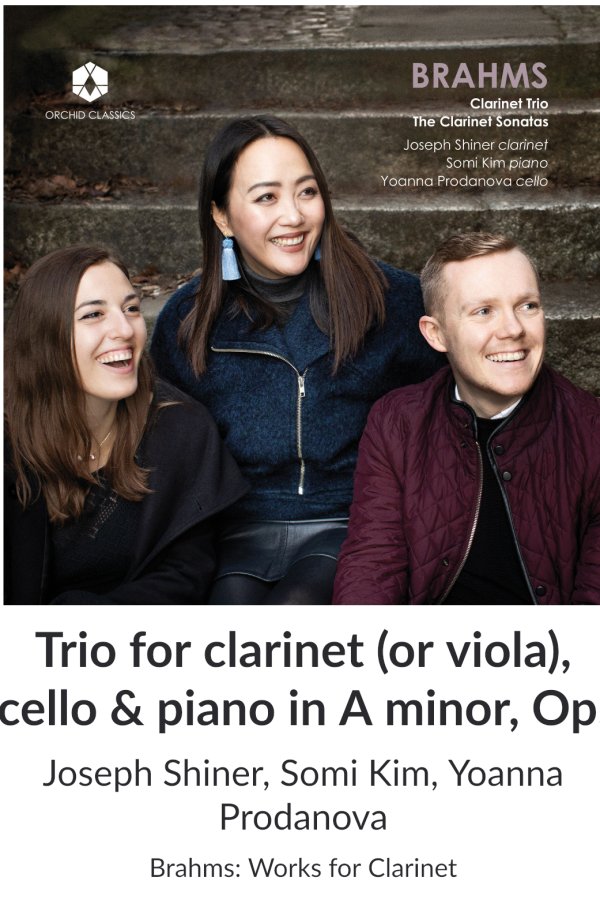
Just to reinforce my egalitarianism that I’m not hopelessly biased to geriatric performers, here’s a lovely album of Brahms Clarinet Trio by three young musicians who sound lovely in this high resolution recording. I could be happy stranded on a lonely island with nothing to listen to but Brahms’ chamber music. Only a man at the end of his life might compose music that’s as thoughtful and contemplative as this, one who has no need to
Impress anyone anymore, one who simply takes delight in writing down a last few musical bars in celebration of a long and fulfilling life.
Listening to the big SL’s on this album, you get immersed in the sound of three very different instruments, the enchanting sound of a clarinet, the cello that’s not as deep as Rostropovich above and the piano. Three voices that are engaged in a musical conversation that must be heard together and yet must be separated. It’s as if three people are speaking at once and everyone gets heard. Impossible to do it perfectly but the big SL’s get as close to the actual sound of live chamber music as I’ve ever heard it done. The size of the big panels give it a sense of realism that escapes smaller loudspeakers and because no crossover is used, there’s no annoying tonal changes from woofer to tweeter. It’s all seamless, top to bottom, as it should be.
















